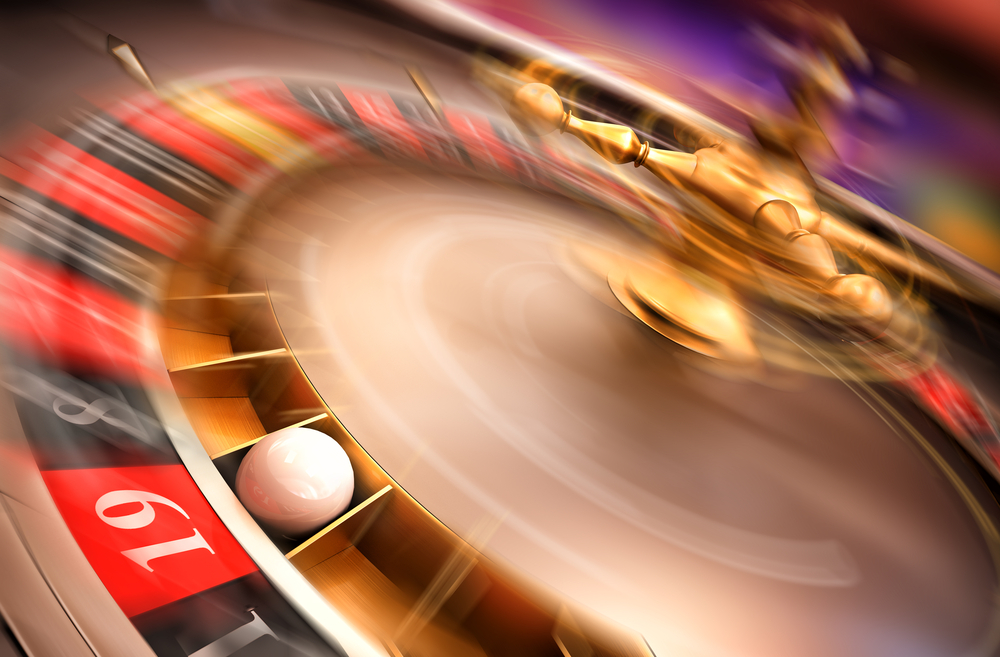 Roulette is one casino game that keeps growing in popularity due to its availability and simplicity. Unlike other games where players have to deal with complicated judgment calls, roulette requires you to bet where the ball will land – red or black, even or odd number. Realising that there is a science to playing roulette is the first step to increasing your winning chances. Understanding the science of roulette can save you from falling victim to the numerous formulas that are peddled to players out there.
Roulette is one casino game that keeps growing in popularity due to its availability and simplicity. Unlike other games where players have to deal with complicated judgment calls, roulette requires you to bet where the ball will land – red or black, even or odd number. Realising that there is a science to playing roulette is the first step to increasing your winning chances. Understanding the science of roulette can save you from falling victim to the numerous formulas that are peddled to players out there.
How the Game Works
A roulette wheel has 38 or 37 numbers, depending on the region. You have 1-36, which are coloured red and black, and the zero (plus double zero for 38-numbered wheels) placed on green slots. The red and black colours alternate but the numbers are at random. There is a table as well that contains 36 number arranged in 3 columns in similar order to those on the wheel. A player can choose to bet on red or black, odd or even number, a high or low stake. The dealer then spins the wheel on one direction and the ball in the opposite. The ball is pulled down to the numbered slots, and if it lands on a number or colour that you have predicted, you win.
The Science of It
A player can improve the chances of cashing out big at an online casino by mastering the physics of roulette. When the croupier spins the ball, it travels at a speed that you can calculate to determine where it lands. Doing this can boost your odds from the traditional 48.6%. Some experts have developed tools that can calculate the path that a ball will take as other bounces off the table. With the right tools, you can determine which number combinations to bet on with more confidence. The secret to using science to get bigger winnings when playing roulette is to spread them across a long period rather than capitalising all at once.
